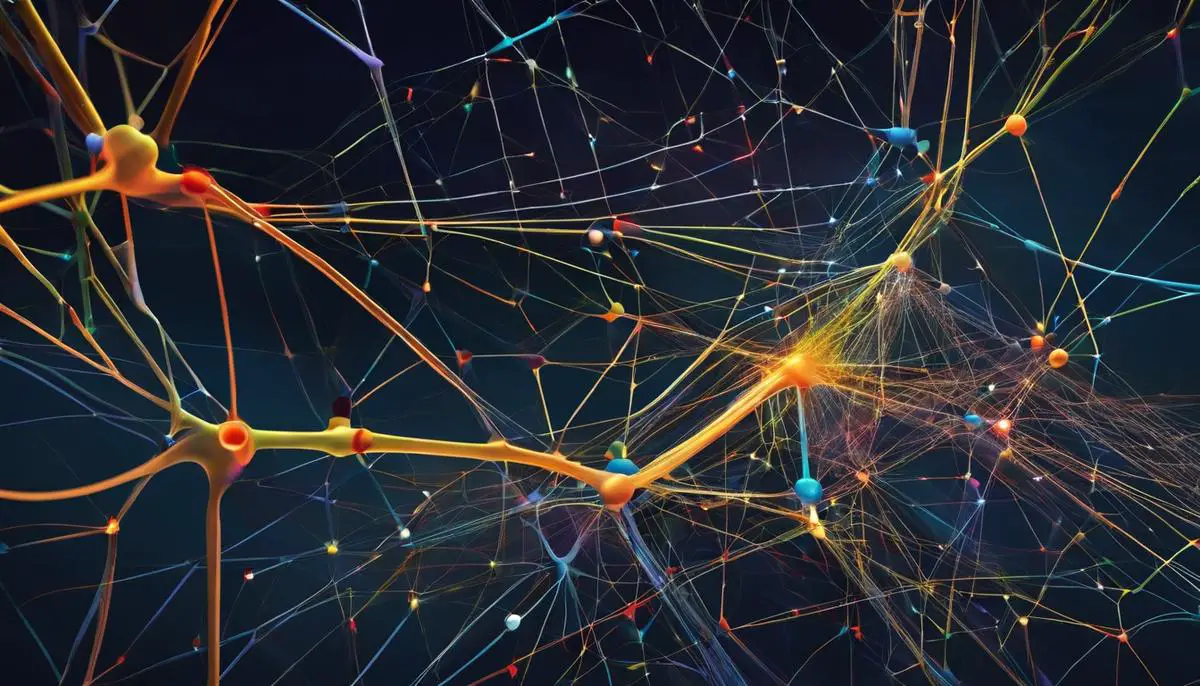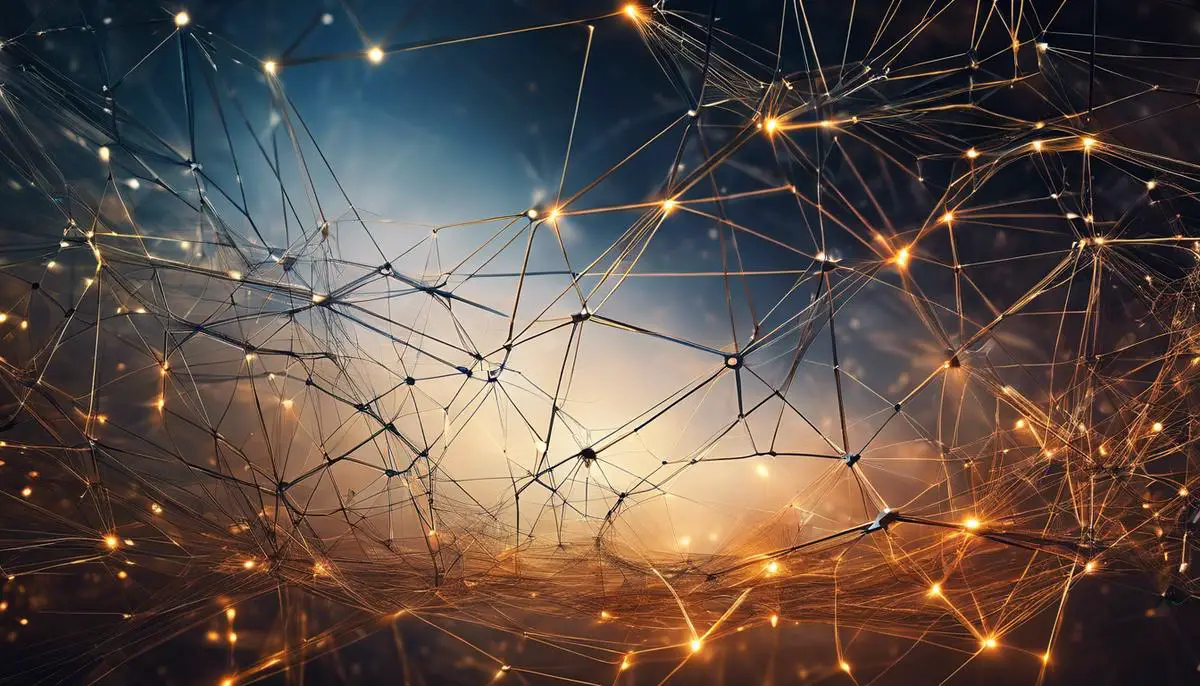As we delve into the era of digitization, the use of Artificial Intelligence (AI) is becoming increasingly prevalent, particularly in areas such as code translation. The extensive application of AI in transforming programming languages offers a fascinating perspective on how machine learning algorithms, neural networks, and more, are optimizing coding processes. Understanding AI’s ability to comprehend context, semantics, and syntax rules in coding languages carries significant implications for programming, cybersecurity, and software development. This discussion navigates the current landscape of AI in code translation, its reliability, the comparisons to traditional methods, and the potential for future developments.
Understanding AI and Code Translation
The Intricate Mechanism of AI in Code Translation: A Deeper Dive
Artificial Intelligence (AI) has been tremendously instrumental in transforming various sectors and providing innovative and practical solutions. One area where AI has notably made a significant impact is in the realm of code translation. By unraveling the mechanism of how AI functions in this domain, we can better comprehend its superior performance and potential future developments.
To provide a basic understanding before delving deeper into the matter, code translation is essentially an exercise in converting a set of rules or instructions in one programming language to another. It is a discipline that demands high proficiency and expertise in different programming languages. However, AI has facilitated this process to be smooth and accurate, escalating productivity and efficiency for developers globally.
One may wonder how AI could seamlessly perform such an advanced task. The underlying premise of this process is the employment of a branch of AI called “Machine Learning” (ML), particularly its sub-field, known as Natural Language Processing (NLP).
In NLP, a machine mirrors human language understanding, which in this case, refers to comprehending the syntax and semantics of multiple programming languages. The ability to discern syntax helps the AI translator effectively parse raw codes, while an understanding of semantics ensures it can appreciate the ‘intent’ behind these codes.
The working of AI in code translation is further elucidated by illustrating an algorithm’s application called ‘Sequence-to-Sequence Learning’ (Seq2Seq). This algorithm was originally designed to translate human languages but has been fruitfully leveraged in code translation. At its core, Seq2Seq translates the source code to an intermediary linguistic representation, then to the target programming language.
Seq2Seq operates with two pivotal components: an encoder and a decoder. When it encounters a piece of source code, the encoder absorbs the code and transforms it into a set of vectors representing its content. It captures the ‘understanding’ of this source code in these vectors. Next, the decoder, leveraging the vectors generated by the encoder, synthesizes them into the equivalent target code.
Of course, the process is more detailed and far sophisticated, with the system constantly learning and refining its functions. The use of recurrent neural networks (RNNs) within the Seq2Seq model further enhances the AI code translator’s ability, granting it the capacity to process and remember both short and long sequences of codes for precise translation.
Moreover, attention mechanisms play a critical part in this whole process. Just as humans selectively focus on certain aspects while reading a text, the attention mechanism enables the AI translator to recognize and prioritize important parts of the source code during translation, improving the overall quality and accuracy of the output.
Intricate as it is, the underlying working mechanism of AI in code translation is proof of our remarkable strides in technology. The amalgamation of Machine Learning with advanced algorithms marks an exciting time in the field of Artificial Intelligence, poised to push the boundaries of human knowledge and capabilities further than ever before.

Reliability of AI tools in Code Translation
Emerging from this vibrant tableau of Machine Learning and algorithmic complexity, we find ourselves now taking stock of an important query: How reliable are AI tools in effectively translating codes between diverse programming languages? Our collective journey into the chasms of understanding is rooted in not merely detecting, but also critiquing the viability of the tools we’ve developed.
The operational dependability of AI code translation platforms is not homogeneously distributed across the array of available tools. The aptitude of an AI translator hinges largely on the volume and quality of training data it has been presented with. The more varied and abundant the dataset used for training the AI, the stronger its capability will be to accurately convert source code from one language to another. Contrarily, an AI trained on narrow datasets is likely to exhibit diminished performance when faced with translating novel or complex code structures.
Pertinently, we must address an inherent challenge in AI code translation: the issue of synonymous coding constructs and homonyms across different languages. It is crucially vital for an AI code translator to comprehend that similar constructs may have different meanings depending on their context. This complexity is heightened if the AI must deal with homonymous keywords that exist in both the source and target programming languages. The sophistication required to adequately manage such tasks is extensive, though we have seen promising advancements in the domain.
Undeniably, error detection and handling is a battle we steadfastly combat. An efficient AI code translator should embody the ability to detect and fix mistakes in real-time, amending inaccuracies during the translation process rather than post hoc. Robustness against errors enhances reliability, promoting the AI translator from a simple tool to an indispensable ally. Emerging technologies imbued within deep learning neural networks have showcased promising potential in this realm, fiercely beseeching us to further our exploration.
Testability is an additional element worth our discerning attention. As with all technology, rigorous and consistent testing of AI code translators is crucial in determining and improving their reliability. Those tools which show a propensity for learning from their errors via rigorous testing schedules continuously refine their accuracy and reliability.
One should prudently understand that despite the progress witnessed in these exciting corners of AI technology, AI code translators are not yet infallible magic wands that flawlessly morph any given source code into a target programming language. There remain complexities and subtleties within code translation that we are still striving to decode and cater to. Yet, the strides we’ve made are nothing short of awe-inspiring. It is in this continuum of discovery, introspection, and persistent enhancement where we find the future unfurling before us: a canvas filled with limitless possibilities, waiting to be etched upon with the ink of our collective intellectual curiosity.

Differences between traditional and AI-based code translation
The inherent trustworthiness in AI code translation is a seminal pivot in the advancement of the technology. Despite the proven efficacy of computer-assisted language translation, the absolute and unquestionable reliability in its results is of pivotal importance. We cannot afford confusion or, worse still, misinformation, when it comes to deciphering complex coding languages.
One of the most dynamic eras of evolution has been ushered in by the significance of training data in strengthening this trust in AI translators. The quality, diversity, and volume of data provided to these AI systems act as their foundation, defining their capabilities. These Machine Learning models need high-quality examples that adequately represent the variety of real-world scenarios to be primed for accurate and efficient translation.
As continuous progress unfolds, newer challenges continue to emerge. In the complex world of coding, synonymous constructs and homonyms manifest in multiple languages, posing significant concerns for AI translation. Two distinct coding constructs with identical meanings or one coding construct with different implications ripple down as challenges which need addressing. Disambiguation, here, is an unwavering need which extends the realm of Natural Language Processing, considering the context-sensitive nature of the problem.
Furthermore, the capacity for real-time error detection and handling adds another layer of complexity to the task. In the ongoing translation process, a mistake unrecognized is a mistake propagating, potentially compromising the subsequent code and its function. This underlines the importance of self-monitoring and correction mechanisms in AI code translators, further complicating the design and implementation process.
Reliability in AI code translation is bolstered by the rigor of consistent testing. A rigorous, persistent, and comprehensive testing regimen safeguards the performance of the AI translator. It uncovers latent pitfalls and shortcomings in the model, ensuring its continual improvement. Extensive testing can lead to the identification of patterns and trends, crafting a roadmap for ongoing refinement and bolstering trust in the system.
Notwithstanding the challenges, the trajectory of growth for code translation remains positively steep. AI’s role in code translation is not confined to merely rewiring existing methodologies. It inherently offers possibilities of seamless integration of languages, fostering innovation and making technology more accessible and efficient. However, these possibilities are entwined with intricacies, complexities, and limitations that demand examination and surmounting.
AI translation of code sits on the absolute frontier of current computational, linguistic, and technological knowledge. It is a thrilling beacon of the possible, casting a predictive light on where we may be steering our technological prowess in the decades to come. Like so many things in this fascination-filled world, it can be said with a certain degree of assurance that the best is yet to come.

Future perspective and potential improvements of AI in code translation
Shifting our attention forward, there remain considerable strides to be made in the realm of AI code translation. Particularly, an area ripe for advancement includes the enhancement of context-aware computational models. These models could offer a more nuanced understanding of the subjective and context-dependent articulations present in coding languages, enhancing the AI translator’s proficiency.
Mining valuable insights from an occluded context could be the next frontier for AI in code translation, and improved algorithms are on the cusp of this innovation. They could enable the AI translator to respond accurately to contextually-specific statements, increase its ability to identify elusive bugs, and even predict potential functional hazards that could otherwise go unnoticed.
Another crucial area for improvement lies in the realm of AI-assisted auto-complete. Imagine a system so cognizant of a developer’s coding style that it auto-completes not only in a grammatically meaningful manner but in a functionally intuitive way too. Advanced AI could tailor its assistance to each programmer’s unique nuances, taking into account the overarching narrative of the executed project.
The advent of Reinforcement Learning (RL) poses yet another promising potential for the future of AI code translation. RL systems could establish an intricate reward and penalty system based on accurate translations, fostering a self-sustained improvement cycle within the translation mechanism.
In parallel, there is a massive scope for improvement in the realm of multi-language interoperability. Sophisticated AI systems in the future could deftly translate code between multiple languages with an increased understanding of common semantic and syntactic patterns across diverse coding languages.
Lastly, the future of AI code translation may not be confined purely to a manufacturing operator’s perspective but extend to the user side as well. The burgeoning field of ‘Explainable AI’ aims to make the otherwise arcane AI processes comprehensible to the non-expert user. In this vein, the evolution of AI translators that can generate understandable pseudo-codes in plain language from intricate source codes, known as ‘Reverse Code Engineering,’ represents an exciting advancement right at the horizon.
In conclusion, while we have seen a remarkable confluence of AI and code translation in recent years, it would be remiss to claim we have reached the zenith of this alliance. Far from it. Ever-evolving, the world of AI code translation beckons us into a future dazzled by potentiality and unforeseen advancement. As researchers and enthusiasts, let’s endeavor to make this journey of discovery an enlightening one, gradually unwrapping, layer by layer, the unfathomable intricacies of this mesmerizing field.

The exploration between AI and code translation presents an evolution in technological advancement. This area is not only revolutionising traditional translating methods but also opening up avenues for potential improvements within the industry. As we continue to leverage AI tools for higher performance and efficiency, there are inevitable challenges developers may encounter. However, concurrent with these hurdles, there’s an array of opportunities that technology presents for reshaping future perspectives in AI-based code translation. A clear understanding of the complexities and possibilities of AI, along with ongoing research in the field, is fundamental to remaining au courant and prepared for future advancements.